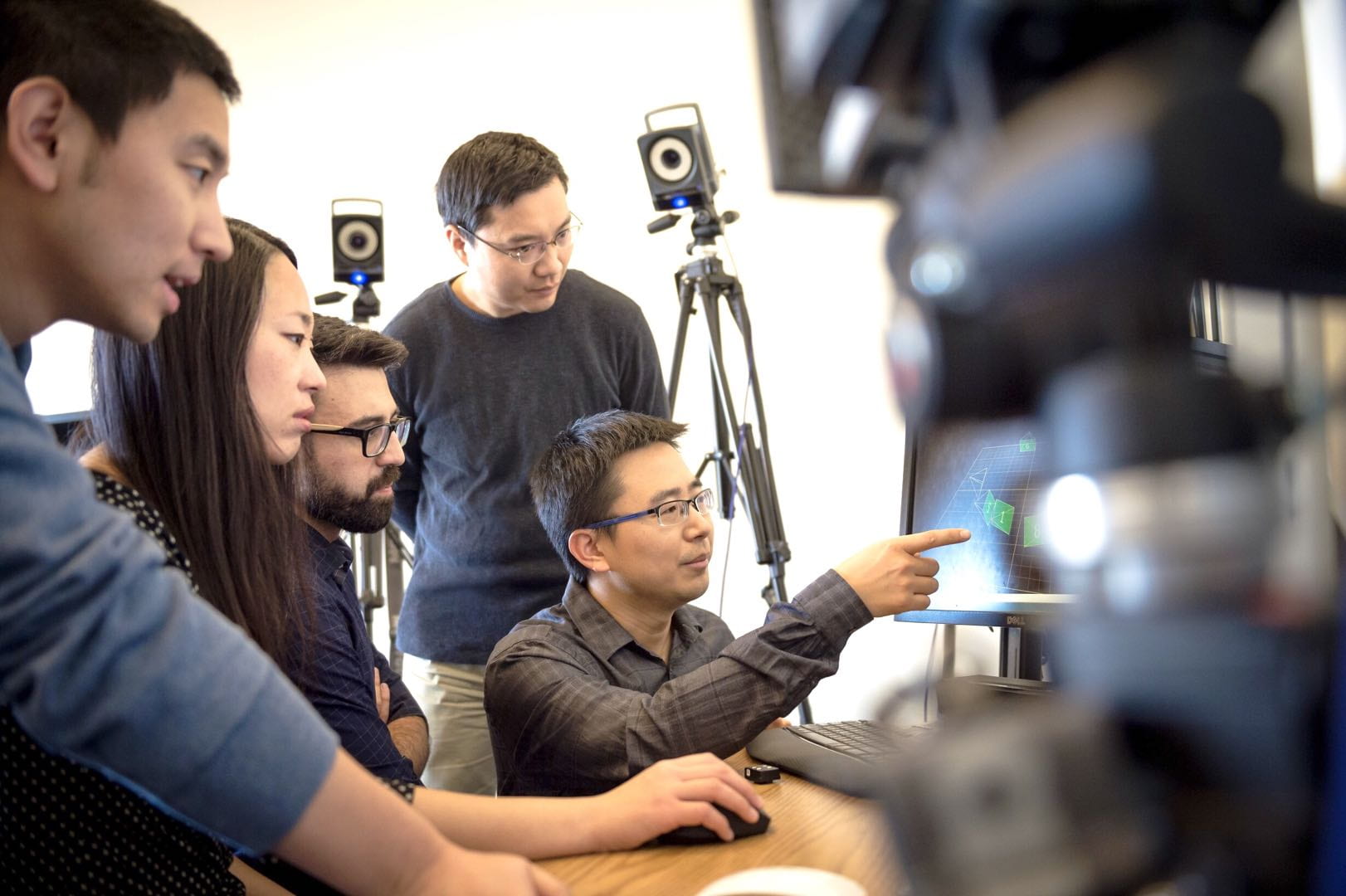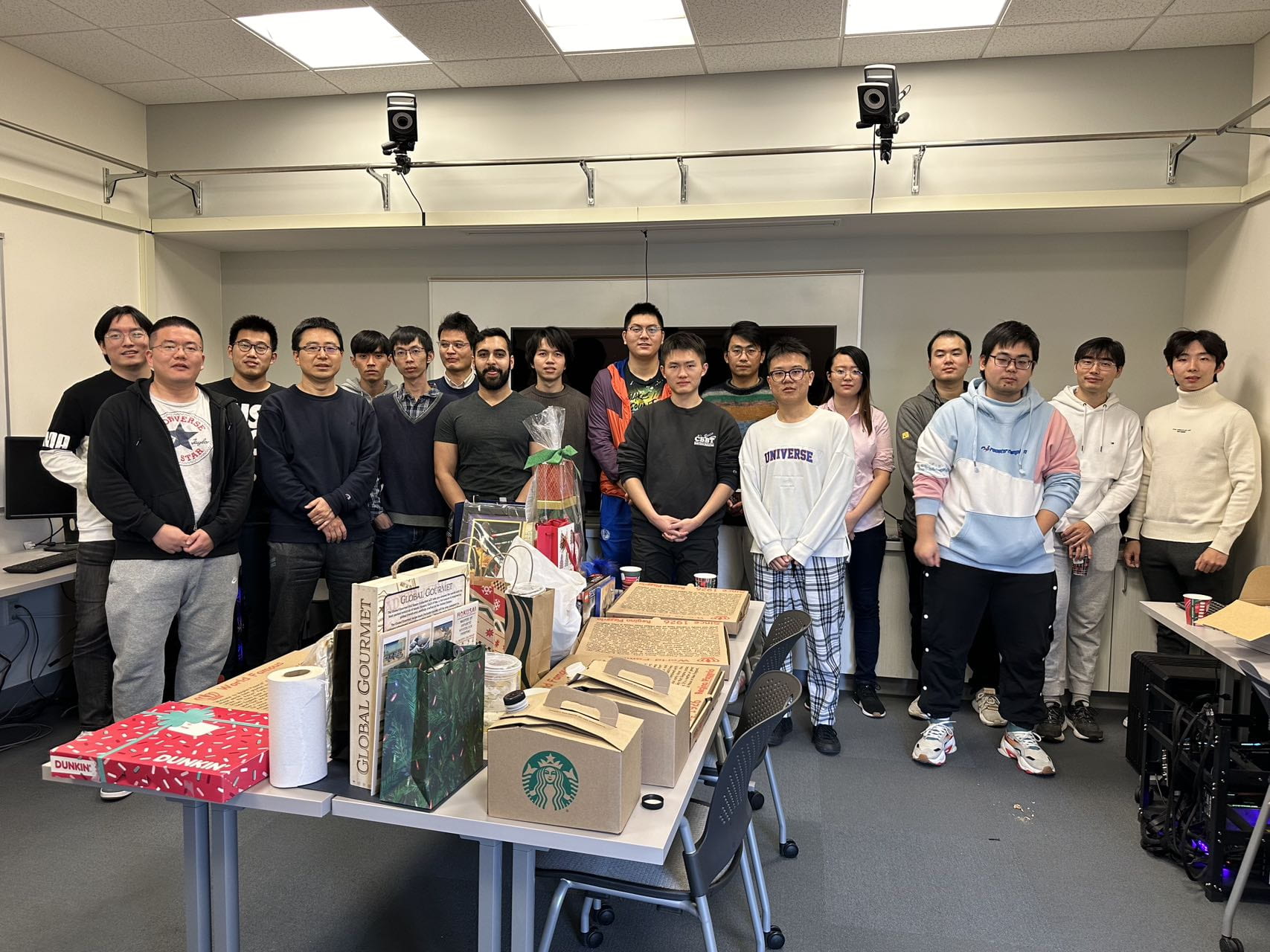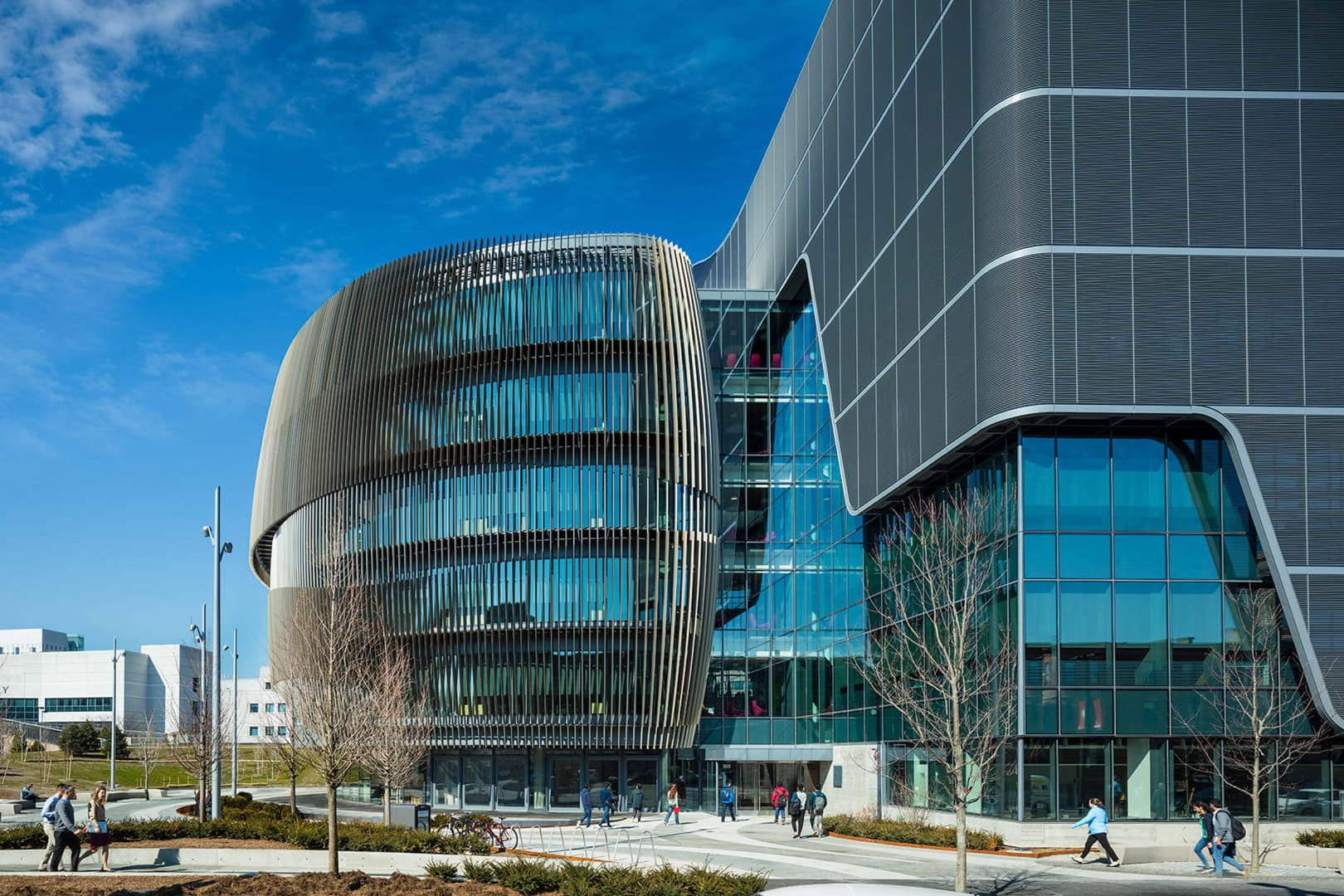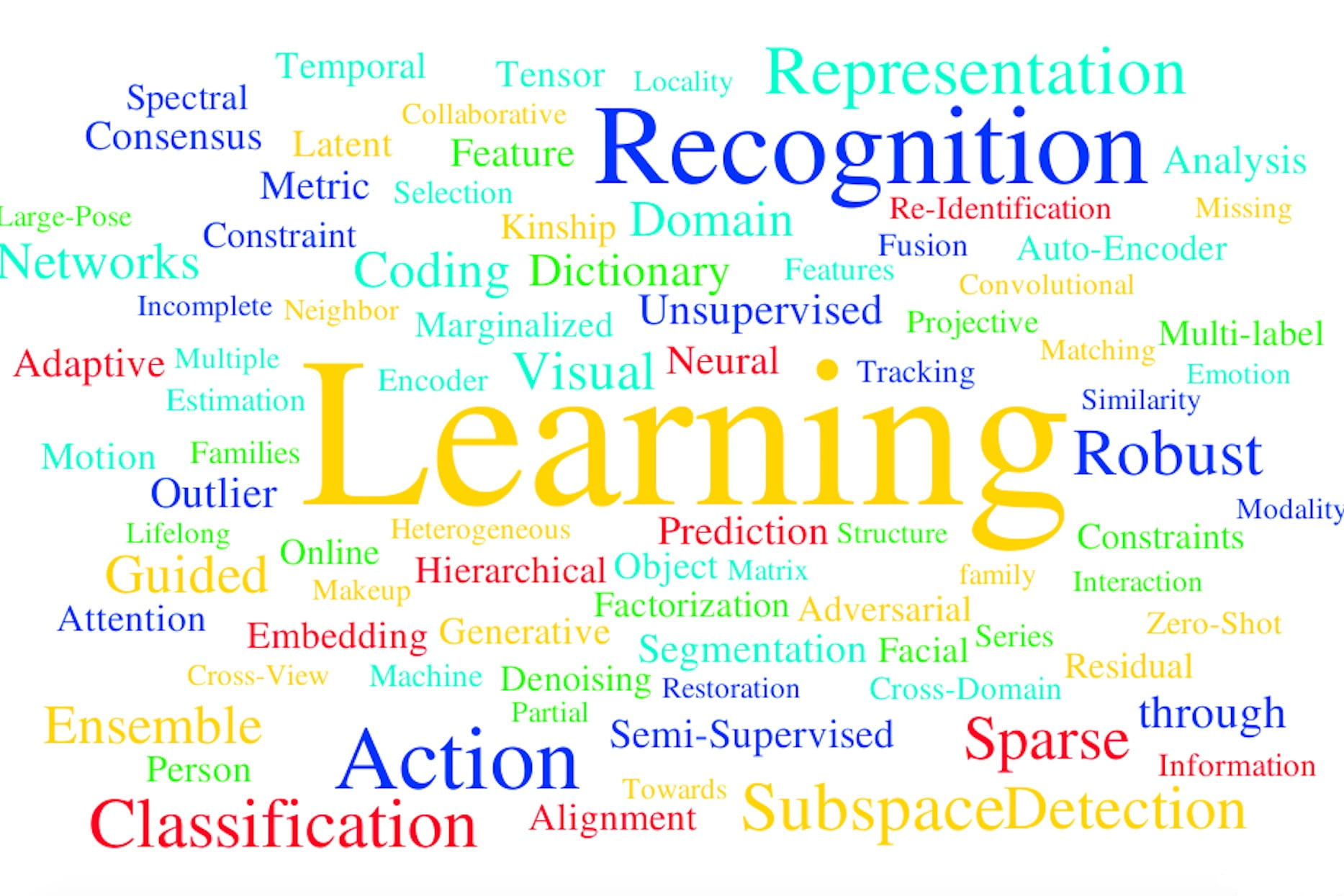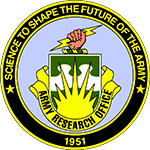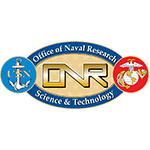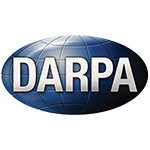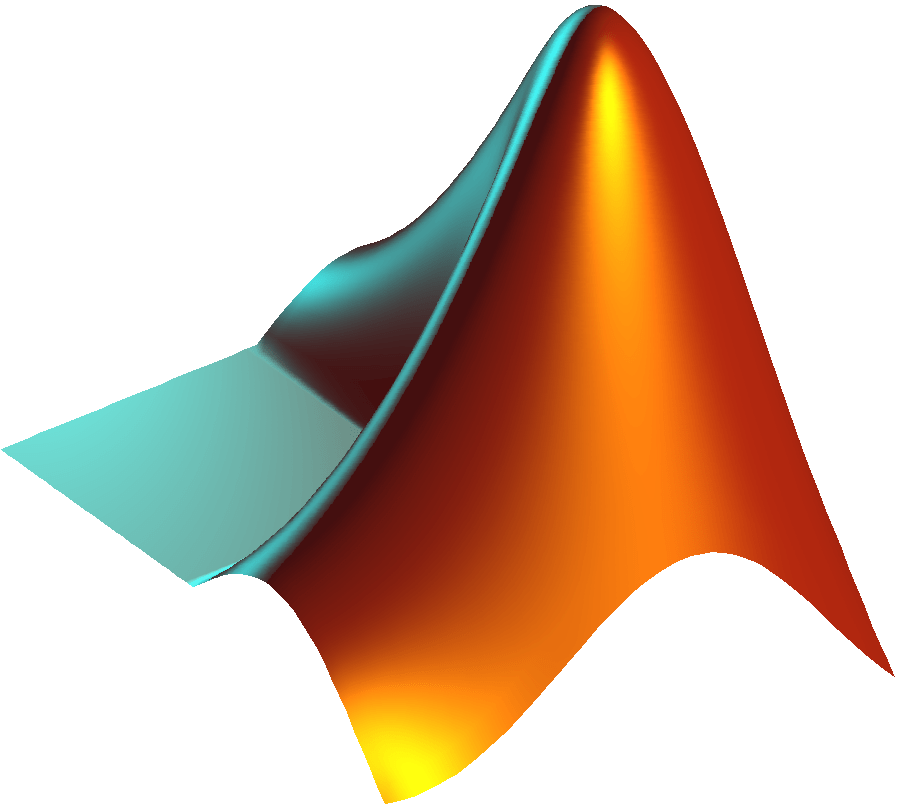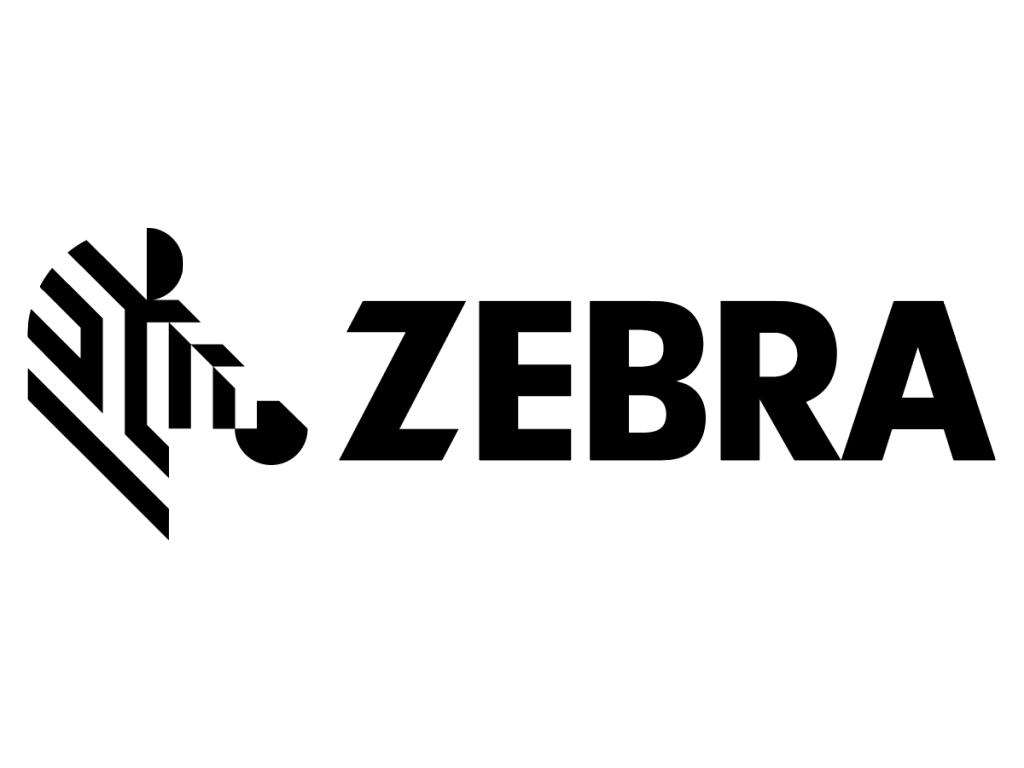Recent News of SmileLab
01/2024, received 2024 IEEE Edward J. McCluskey Technical Achievement Award.
01/2024, 2 papers accepted by ICLR24.
12/2023, elected to Fellow of National Academy of Inventors (NAI).
12/2023, elected to Member of European Academy of Sciences and Arts (EASA).
12/2023, Selected in Stanford University List of Top 2% Scientists Worldwide
11/2023, 2 papers accepted by AAAI24.
09/2023, 4 papers accepted by NeurIPS23! 2 papers accepted by ICDM23!
08/2023, $200k, received Industry Faculty Research Awards.
07/2023, 4 papers accepted by ICCV23! 2 papers accepted by ACM MM23!
05/2023, $540k, Air Force Office of Scientific Research – AFOSR.
04/2023, appointed as the IEEE TPAMI Associate Editor, Impact Factor 24.3.
04/2023, 1 paper accepted by IJCV. 1 paper accepted by TPAMI
03/2023, $50k, received NEC Faculty Research Awards.
03/2023, 5 papers accepted by CVPR23.
02/2023, AI2000 Most Influential Scholar Award Honorable Mention, 2023
01/2023, elected to Fellow of American Association for the Advancement of Science (AAAS)
01/2023, 4 papers accepted by ICLR23 including 1 Oral-Top-5%. 1 paper accepted by TPAMI
01/2023, received the COE Distinguished Faculty Award.
12/2022, $30k, received Snap Gift grant.
11/2022, 2 papers accepted by AAAI23. 2 papers accepted by TIP
10/2022, $70k, received Toyota Faculty Research Awards.
10/2022, $23k, received AFWERX STTR Phase I
09/2022, 3 papers accepted by NeurIPS22. 2 papers accepted by CIKM22.
07/2022, 3 papers accepted by ECCV22. 2 papers accepted by ACM MM22.
06/2022, Elected to Member of Academia Europaea (MAE).
05/2022, One paper accepted by KDD22, TKDD, TOMM.
04/2022, $50k, received NSF Award 2224289.
04/2022, $10k, received Zillow Academic Gift.
04/2022, 3 papers accepted by IJCAI22.
04/2022, $20k, received Picsart AI Research (PAIR) Faculty Research Award.
03/2022, 3 papers accepted by CVPR22.
01/2022, $830k, UPAF-AIR-KRI to Northeastern funding.
12/2021, Selected in Stanford University List of Top 2% Scientists Worldwide.
12/2021, 3 papers accepted by ICLR22. 2 papers accepted by SDM22. One paper accepted by IJCV and TPAMI.
12/2021, We received the NVIDIA CCS Best Student Paper Award in IEEE FG2021. Congratulations!
12/2021, One paper accepted by Nature Communications.
12/2021, One paper accepted by AAAI22.
11/2021, $16k, received MassVentures Acorn Innovation Grant.
11/2021, $100k, received Cisco Research Awards.
10/2021, $5k, received Mitsubishi Electric Research Laboratories (MERL) Gift grant.
09/2021, 2 papers accepted by NeurIPS21!
09/2021, $10k, received Snap Gift grant.
09/2021, $10k, received Adobe Gift grant.
08/2021, One paper accepted by ICDM21, T-MM, and T-NNLS.
07/2021, 3 papers accepted by ICCV21!
07/2021, 4 papers accepted by ACM MM21!
06/2021, Elected to Fellow of Asia-Pacific Artificial Intelligence Association (AAIA).
05/2021, One paper accepted by T-IP, T-Cybernetics and T-KDD.
05/2021, $40k, received Picsart AI Research (PAIR) Faculty Research Award.
04/2021, $60k, received NEC Faculty Research Awards.
03/2021, $50k, received Adobe Data Science Research Awards.
03/2021, $8k, received Adobe Gift grant.
03/2021, First Prize, for both the RGB and RGB-D competition tracks of the CVPR21 International Sign Language Challenge.
02/2021, Received the inaugural Spark Fund Award.
02/2021, News@Northeastern—Humans are trying to take bias out of facial recognition programs. It’s not working–yet.
02/2021, One paper accepted by CVPR21 and TPAMI.
02/2021, “One Label, One Billion Faces” paper mentioned by News@Northeastern
02/2021, One paper accepted by IEEE TPAMI.
12/2020, One paper accepted by AAAI21, SDM21 and CHI21.
10/2020, $100k, received Konica Minolta second Gift grant.
09/2020, $5k, received Mitsubishi Electric Research Laboratories (MERL) Gift grant.
09/2020, 2 papers accepted by NeurIPS20!
07/2020, 4 papers accepted by ECCV20!
05/2020, $10k, received Adobe Gift grant.
04/2020, my students Joseph Robinson received 2020 ECE Outstanding Teaching Awards. Congrats!
04/2020, $105k, 2020 Amazon AWS Machine Learning Research Awards.
04/2020, 2020 AI2000 Most Influential Scholar Award Honorable Mention.
03/2020, $150k, 2020 JPMorgan Chase Faculty Research Awards
03/2020, $450k, STR: Multimodality Face Recognition
02/2020, 7 papers accepted by CVPR20!
12/2019, One paper accepted by ICLR20, TNNLS and TPAMI, respectively!
12/2019, I accepted invitation to be Associate Editor for the ACM Transactions on Knowledge Discovery from Data (TKDD).
11/2019, 3 papers accepted by AAAI20 respectively!
10/2019, we received the ICCV19 Workshop RLQ Best Paper Award. Congratulations!
10/2019, we received the ACM TOMM Nicolas D. Georganas Best Paper Award 2019. Congratulations!
09/2019, $100k, received Konica Minolta Gift grant.
08/2019, One paper accepted by NeurIPS19, ICDM19, CIKM19, respectively!
08/2019, $5k, received Adobe Gift grant.
07/2019, 6 papers accepted by ICCV19!
06/2019, $529k, received NSF Award #1916839.
06/2019, $17k, received Adobe Gift grant.
05/2019, $50k, received phase II Global Resilience Institute seed grant.
05/2019, One paper accepted by KDD19, IJCAI19, CVPR19 respectively!
05/2019, I was promoted to be Full Professor!
04/2019, $50k, received Tier 1 funding.
